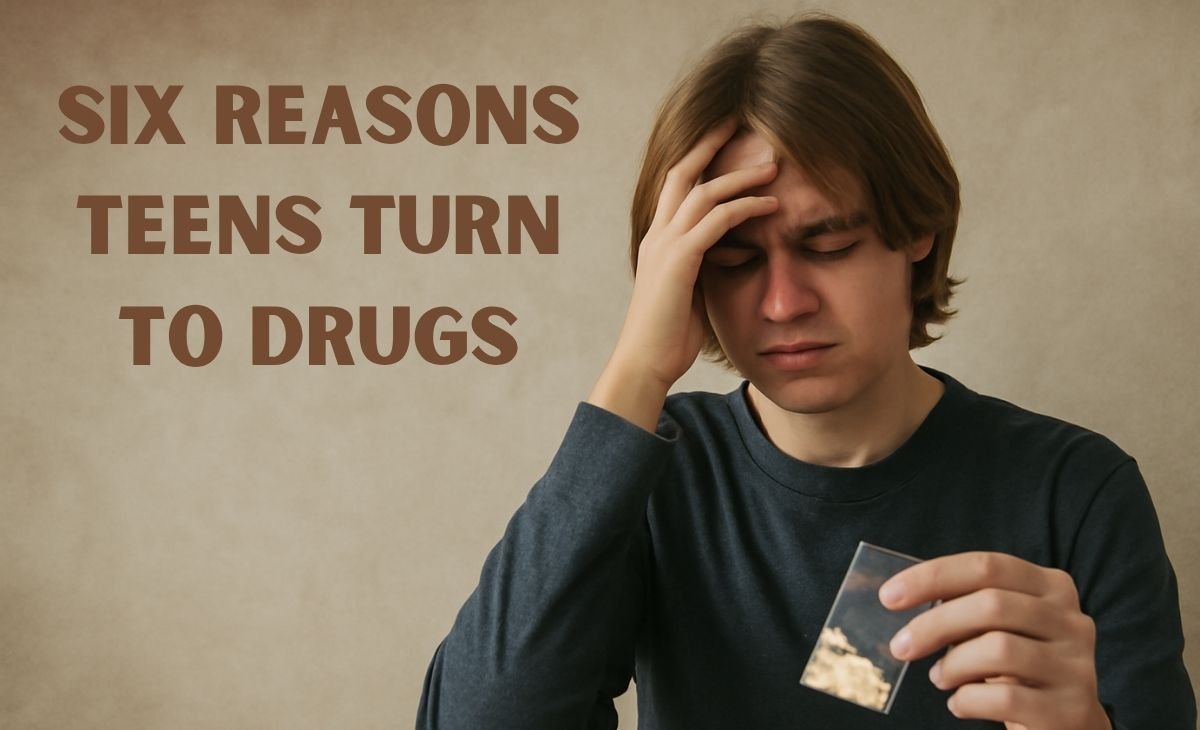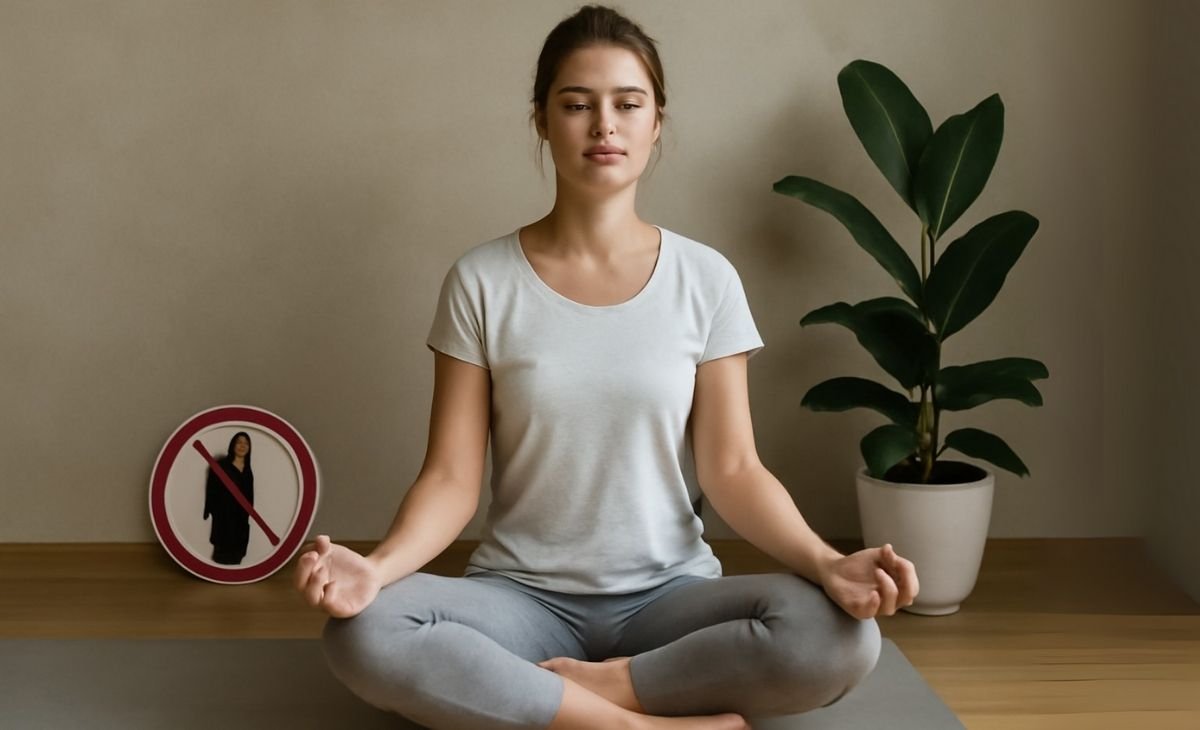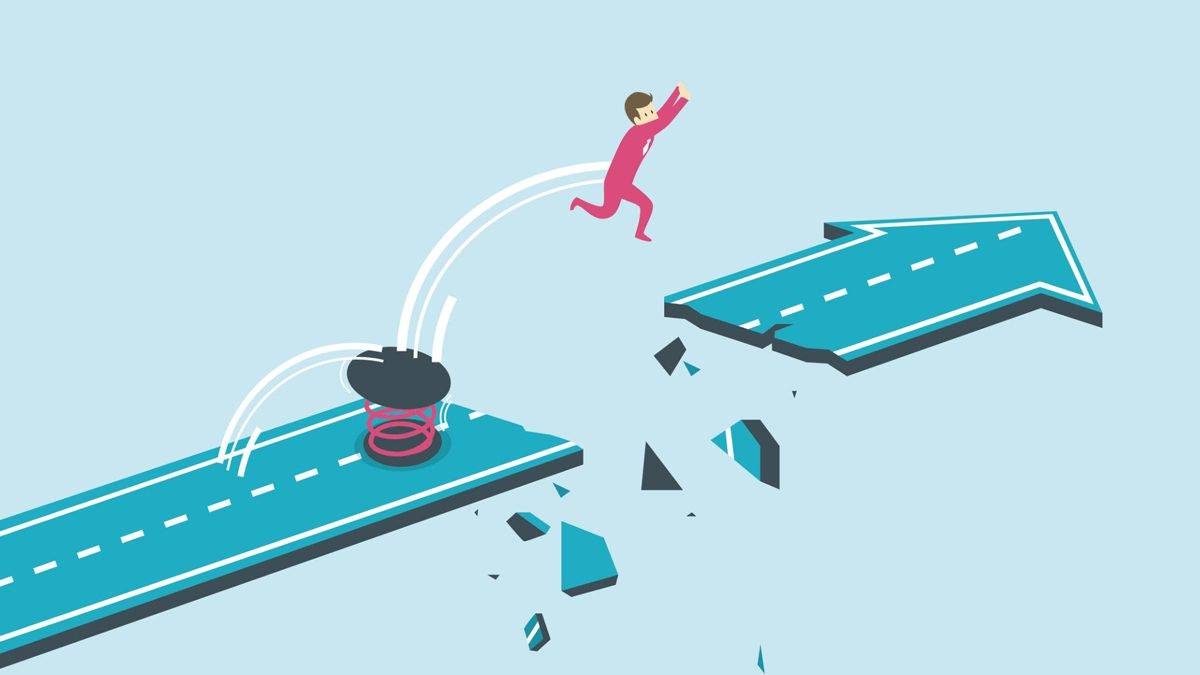A crucial conversation involves discussing challenging topics where opinions differ without creating conflict or disrespect. This approach fosters open dialogue in situations like addressing a colleague’s poor performance, discussing a sibling’s anger issues, or providing feedback on a flawed proposal. Many people lack the skills to handle such conversations effectively, leading to misunderstandings and heightened
Denial is a pattern in which an individual does not accept reality and maintains comfort by not accepting painful realities. Denial has many types, which is also called defense mechanism and pattern of denial. There are different patterns of denial, and by using these patterns, an individual copes with difficult and painful feelings. There is
Stress can take a toll on our mental and physical health. It often leads to skipping self-care, overeating, or feeling overwhelmed—creating a sense of losing control. Learning how to manage stress effectively by separating what you can control from what you cannot is key to maintaining balance and improving your overall well-being. Understanding Stress and
Last week, we covered 30 small daily habits to improve your body image. This time, we’ll look at beliefs and actions that might get in the way of building a healthier relationship with your body. These patterns are often shaped by societal expectations, media influence, or personal experiences. Recognizing these habits allows you to take
Valentine’s Day is a great opportunity to celebrate love in all its forms. But why save it for just one day? Here are 15 thoughtful and simple ways to show love to yourself and those around you daily, fostering happiness, connection, and self-care. 1. Cook a Delicious Meal Prepare your favorite dish and enjoy every
The Role of Screen Time in Child Development Children today are exposed to screens more than ever before. While technology brings many benefits, excessive screen time can negatively impact young children’s social growth. Increasing evidence suggests a link between prolonged screen exposure and autism spectrum disorder (ASD), a phenomenon some experts refer to as “Virtual
Understanding the Motive Behind Teen Drug Use Adolescence is a critical phase where teens often encounter choices about experimenting with drugs or alcohol. While some teens resist, others may give in. What drives this behavior? Could it be their confidence, ability to cope, or response to pressure? Here are six common reasons why teens might
Yoga is often misunderstood—some see it as just physical exercise, while others view it as a pathway to healing and growth. Recent studies show that yoga profoundly impacts the brain, much like meditation does. By pairing yoga with mindfulness, individuals can tap into both physical and emotional healing, making it an essential resource in addiction
During addiction recovery, one powerful technique often used is distraction. While “distraction” might sound negative—like being distracted while driving—healthy distraction is a valuable tool for preventing relapse. This article explains how healthy distraction works, its role in recovery, and how it helps maintain sobriety. Understanding Healthy Distraction Healthy distraction is a way of shifting attention
When working on self-improvement, setbacks can often feel like failures. Whether it’s indulging in a late-night fast-food craving or struggling to quit smoking despite several tries, setbacks can be discouraging. However, they’re not the end of the road. Instead, they’re an essential part of the process. Research shows that each failed attempt can increase your










